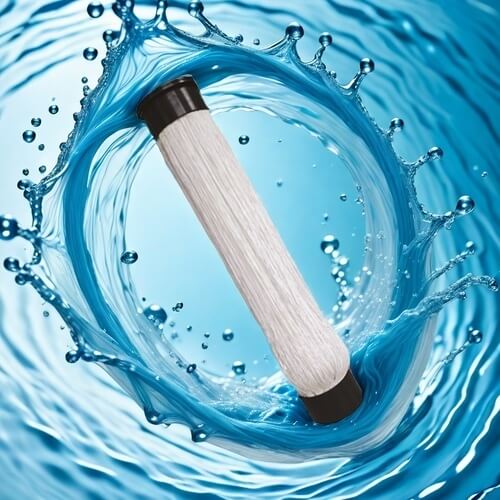The role of aerobic pools in sewage treatment
The aerobic pool is a key link in the sewage treatment system, and its main functions include the following aspects:
1. Organic matter degradation: There are a large number of aerobic microorganisms in the aerobic pool, which use oxygen to decompose organic matter into carbon dioxide and water. This process is called aerobic degradation, which can effectively remove organic matter in wastewater and reduce the degree of water pollution.
2. Removal of nitrogen and phosphorus: Aerobic microorganisms in the aerobic pool can oxidize ammonia nitrogen into nitrate nitrogen, and can also convert phosphates in wastewater into insoluble precipitates. This can achieve the removal of nitrogen and phosphorus and reduce the eutrophication of water bodies.

3. Dissolved oxygen supply: Sufficient dissolved oxygen needs to be provided in the aerobic pool to meet the growth and metabolic needs of aerobic microorganisms. Through appropriate ventilation and stirring measures, the dissolved oxygen content in the sewage can be guaranteed to be sufficient, creating a good ecological environment and promoting the activity and degradation effect of aerobic microorganisms.
4. Killing of bacteria and viruses: The high concentration of oxygen in the aerobic pool can play a certain role in disinfection and sterilization, effectively killing some bacteria and viruses, and improving the hygienic safety of the effluent.
Through the above effects, the aerobic pool can effectively degrade organic matter in wastewater, remove nutrients such as nitrogen and phosphorus, improve the water quality of the water body, and protect the environment and human health.
